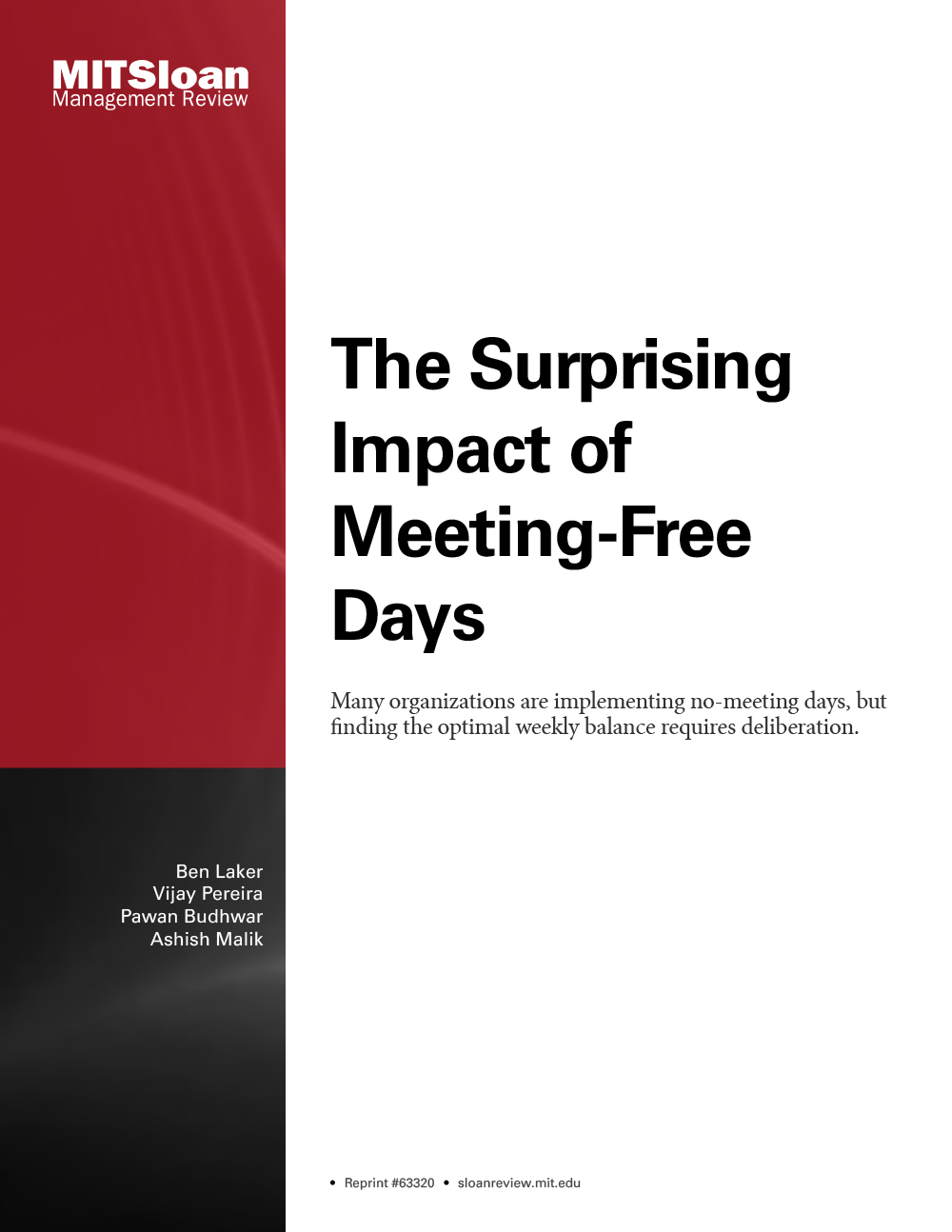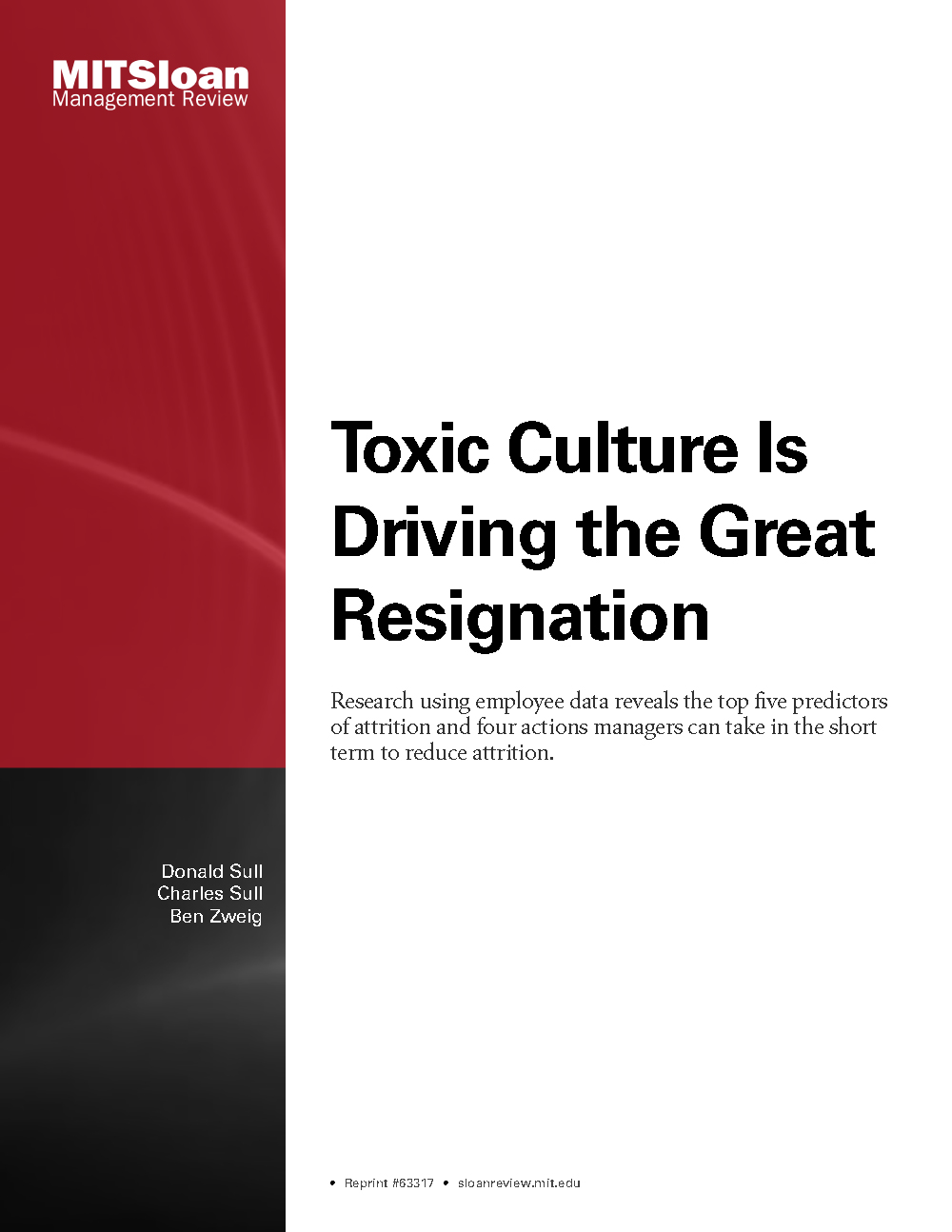
Defining the Social Network of a Strategic Alliance
Strategic alliances are assuming increasing prominence in the strategy of leading firms, large and small. Yet many alliances fail to meet expectations because little attention is given to nurturing the close working relationships and interpersonal connections that unite the partnering organizations.
This case study follows the strategic alliance between two Fortune 500 firms (referred to as Alpha Communications and Omega Financial Services) as they developed a cobranded product. It explores the social architecture of the alliance and identifies the communication patterns that united the participants — and the beliefs that divided them. The researchers gathered data from the entire network of alliance participants, including the core team and a cadre of senior executives in the two firms. The result is a vivid and comprehensive portrait of the intricate web of relationships that formed in this alliance and the flow of communications within and across the partnering organizations.
The interviews in the study revealed, for example, that fears of ulterior motives preoccupied managers on both sides, leading to a lack of trust. There was also a perceived imbalance in the degree of importance that each partner assigned to the alliance. One appointed senior managers, the other lower level managers, which led to significant pacing issues. Although managers in both firms agreed that the alliance made sense, inattention to the inner workings revealed bothersome incompatibilities. The firms’ different personnel structures also contributed to high levels of frustration. Omega used a centralized approach to control the outward flow of information, whereas Alpha used a decentralized approach.
The researchers’ findings suggest that positive personal connections are crucial to the success of a partnership. Initial negotiations and senior management advocacy set the tone for the alliance, galvanizing support and promoting effective interpersonal ties. A well-integrated communication and work-flow network is required within and across the firms, so firms must carefully select team members who will match in rank and specialization those from the partnering organization. Regularly auditing the evolving ties between the organizations is valuable in gauging alliance health.




